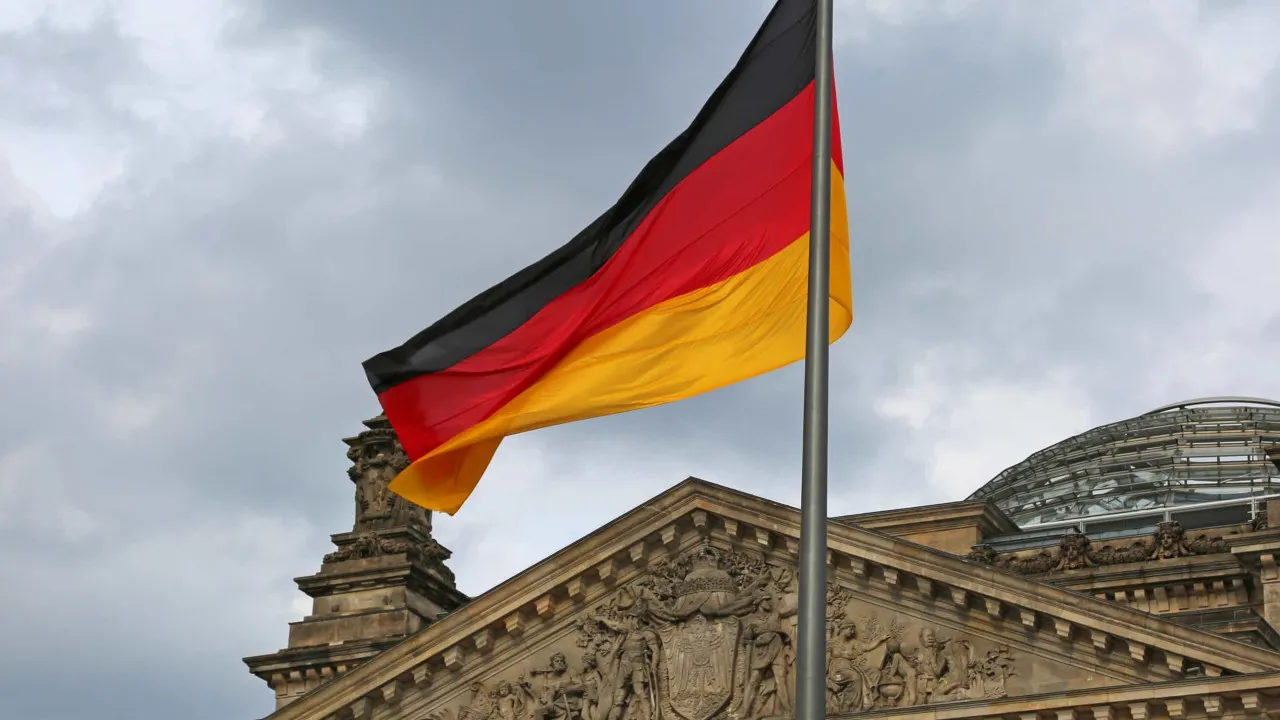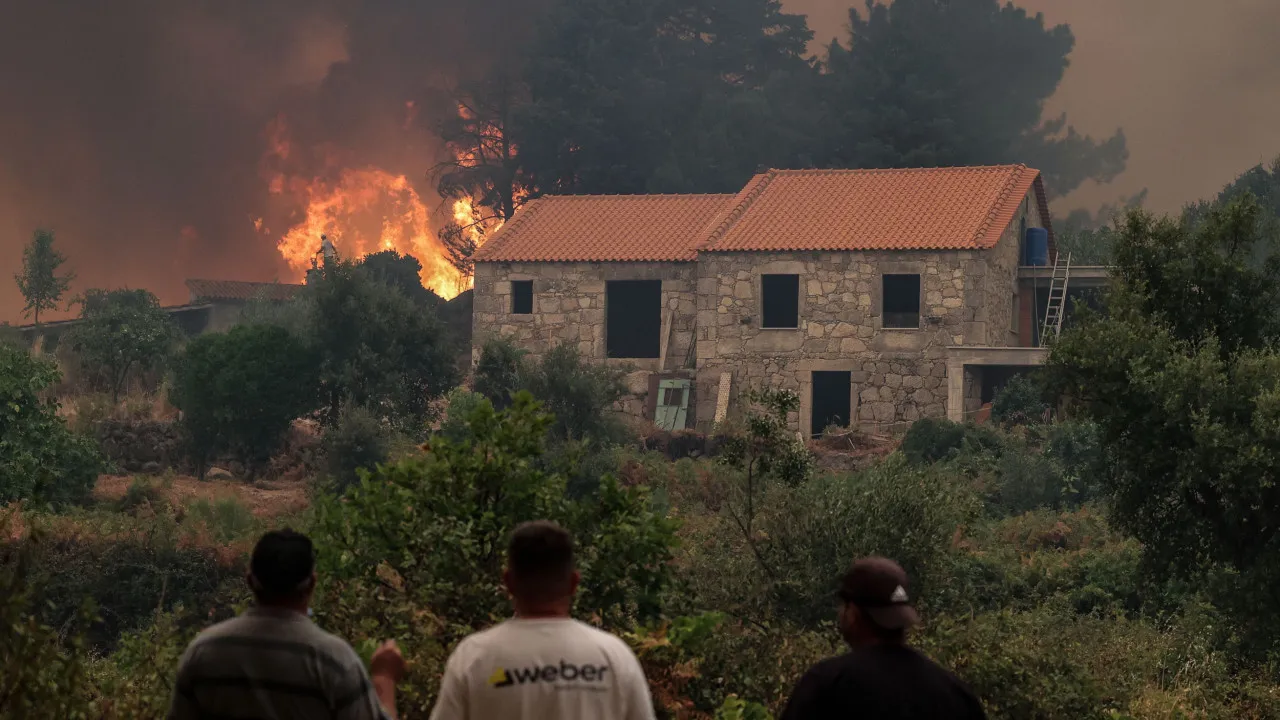
“I try to create meaning with images. It is important to understand what the dramatic elements are. What I will illuminate, the images I will create [about the work of others] should lead the audience to understand the argument. I’m not interested in doing something that’s just beautiful,” Eduardo Serra stated in an interview in 2009.
That year, Eduardo Serra experienced a surge in popularity among the Portuguese public due to his two Oscar nominations—the only Portuguese to achieve this at the time—with the films ‘Wings of the Dove’ (1997) and ‘Girl with a Pearl Earring’ (2003), and for his upcoming work on the final two films of the ‘Harry Potter’ series (2010-2011).
However, by the time this recognition came, Eduardo Serra had more than three decades of experience behind the camera, adhering to the philosophy that quality cinematography is one which “helps in understanding the film, adds emotion to the story, and makes it more readable,” he stated in 2004.
Eduardo Serra was born on October 2, 1943, in Lisbon, the only child of a humble family living near the Instituto Superior Técnico—”a symbol of upward mobility.” He enrolled in an engineering course there.
As a university student, Eduardo Serra never completed his studies, becoming engrossed in Lisbon’s film club activities, and discreetly in the academic struggles of 1962.
He recounted joining the Portuguese Communist Party but never being “a good militant,” eventually leaving for Paris in 1963 due to political and military reasons.
In Paris, he attempted to join the Institute of Advanced Cinematographic Studies but graduated from the National School of Photography and Cinematography. He also studied Art History and Archaeology at the Sorbonne.
His first professional decade in cinema involved working as a camera assistant in numerous productions alongside directors like Alain Cavalier, Patrice Leconte, and François Leterrier.
With dual Portuguese and French nationality and Paris as his home, Serra returned to Portugal following the April 25, 1974, revolution to direct the short film “Un Anniversaire” (1975).
In July, the Portuguese Cinematheque noted that this film “celebrates the first anniversary of April 25 and follows the first free elections for the Constituent Assembly, focusing on the experiences of agricultural workers from three villages in the Beja district.”
Serra’s debut as a cinematographer in Portugal came through José Fonseca e Costa in the 1982 film ‘Sem Sombra de Pecado.’
“Cinematically, I owe nothing to Portugal. I owe a lot to Fonseca e Costa, but nothing to Portugal. It was a film that, at the stage my career was at, I wouldn’t have had access to. He invested in me, and that was decisive for my career, even in France,” he stated in 2002.
He collaborated again with Fonseca e Costa on ‘A Mulher do Próximo’ (1988) and with a few other Portuguese directors: João Mário Grilo in ‘O Processo do Rei’ (1989), Luís Filipe Rocha in ‘Amor e Dedinhos de Pé’ (1991), and Fernando Lopes in ‘O Delfim’ (2001).
Eduardo Serra gained international prestige, especially in France, bridging to London and Hollywood, while remaining cautious in project selection.
“I don’t want to enter the system of making films to earn a living. I only want to make films that I would watch as a viewer,” he said in the 2002 interview.
He primarily worked with French directors Claude Chabrol and Patrice Leconte, as well as British filmmakers Michael Winterbottom and Iain Softley, and Americans M. Night Shyamalan and Edward Zwick.
In 1998, Serra was nominated for an Oscar for ‘Wings of the Dove,’ by Iain Softley, in a year dominated by ‘Titanic.’ In the UK, he won the BAFTA for Best Cinematography.
He was nominated again for an Oscar in 2004 for ‘Girl with a Pearl Earring,’ directed by Peter Webber. Despite not winning, his recreation of the 18th-century Delft environment and Vermeer-inspired lighting drew acclaim.
In a 2004 press conference in Lisbon, Serra downplayed the value of Oscar recognition: “They have unique symbolic value, make life easier, and provide undeniable credit in the US and UK.”
During the next decade, Serra was involved in a blockbuster, contributing to the final ‘Harry Potter’ films directed by David Yates.
“I get home, and they call, asking, ‘Do you want to do the last two Harry Potter movies with a $450 million budget?’ Technically, everything is available, all cranes, techniques, whatever is needed, we have all the toys,” he recalled in 2010.
After these films, Serra worked with Glenio Bonder on ‘Belle du Seigneur’ (2012) and ‘A Promise’ (2013) by Patrice Leconte.
In 2014, he was honored with career awards by the American Society of Cinematographers and the Portuguese Academy of Cinema.
He was also bestowed the title of Commander and later Grand Officer of the Order of Infante D. Henrique by Presidents Jorge Sampaio and Marcelo Rebelo de Sousa, respectively.
Eduardo Serra was an honorary member of the Portuguese Image Association, which notes that a cinematographer “is responsible for the artistic and technical quality of a film’s images.”
This year, the Portuguese Cinematheque remarked that Eduardo Serra “was the most international of Portuguese cinematographers.”
The retrospective showcased “three rare films” where he stepped away from cinematography to direct: ‘Un Anniversaire’ (1975), ‘Rink-Hockey – Le Hockey sur Roulettes’ (1982), and ‘Cinéma portugais – Un Mode d’Emploi’ (1990).



